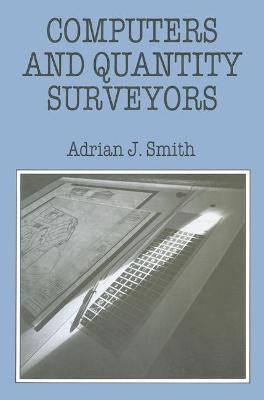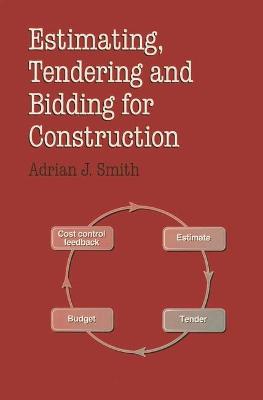Building & Surveying
2 total works
This book is directed primarily towards providing students and practitioners with a basic grounding in the use of computers by quantity surveyors. It is divided into two parts, the first part (Chapters l to 8) dealing with general concepts of information technology, and the latter part (Chapters 9 to 13) dealing with specific quantity surveying issues. Covers a wide range of topics: computer hardware; operational and management implications of computer systems; legal issues; general purpose software such as word processors, spreadsheet systems and micro-computer based data manipulation packages; public information software; development of in-house software; artificial intelligence and expert systems; the use of computers in cost planning, production of bills of quantity, post contract work and project management and computer aided design. The book is extensively referenced.
This text examines estimating and bidding for construction work in the context of construction economics and construction management. It should appeal to undergraduate students of the built environment, particularly those studying building, construction economics and quantity surveying. After an introductory chapter on the construction industry and the market forces that operate within it, there follows a review of a range of estimating methods and an examination of the relationship between estimating and project planning. Sub-contracting, the price of preliminaries, plan and specification contracts, and overheads, profit and project financing are each considered separately, with examples. The book considers the adjudication and bid submission process, and deals with risk and uncertainty in estimating and tendering, bidding strategies, the client's view of the competitive bidding process, consortium and joint venture bidding, and the use of computers.

